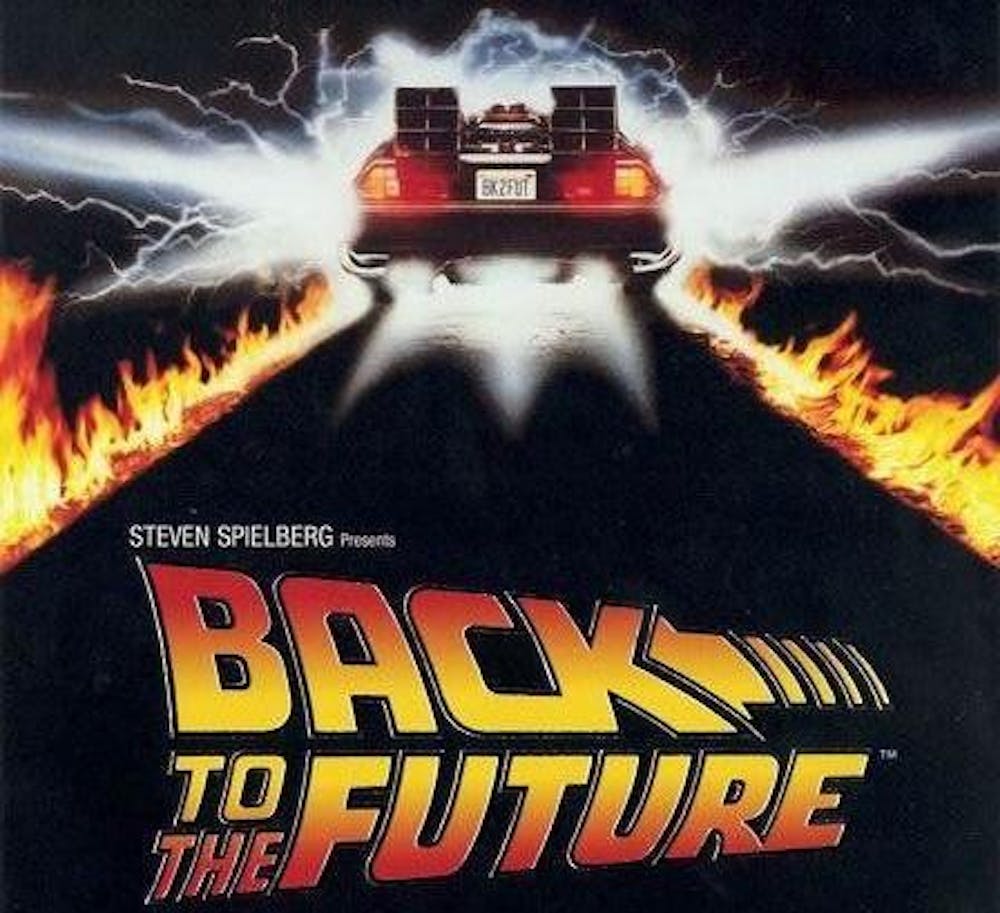All media producers just love going to the time travel well, but not every use is a big splash. For every “Back to the Future,” there is a random episode of “Stargate.” Here is a quick look at the best and worst uses of time travel in popular culture.
BEST
“Lost” Season Five (2009): Already confusing enough, the “Lost” writers decided to make the show even more difficult by using time travel as the primary storytelling device in season five and ended up crafting the most complete series of episodes since the first season. Even more kudos for using the “Whatever happened, happened” rules of time travel. — Cory Barker
“Doctor Who” (1963-present): Take a renegade alien who’s decidedly more attractive than Alf or E.T., give him a somewhat malfunctioning time machine and various love interests/sidekicks and you’ve got an icon who’s survived for a total of 31 years on air — including the original and remake series — and more than a dozen actors in the title role. — Allison Tyra
“The Terminator” (1984): In his pre-governor days, Ah-nuld was the epitome of badass with his shades, leather and giant guns. Even if the humans never could quite seem to save the future from Skynet, the fans understand — if they actually won, there’d be no more sequels and spin-off series. — AT
“Back to the Future” (1985): It’s the ultimate time-travel movie, even if it did leave us a bit confused about the space-time continuum and what happens if you end up on a date with your mom when she was a hot teenage girl. The trilogy also immortalized the DeLorean, even if those weird doors never quite caught on. — AT
“The Time Machine” by H.G. Wells (1895): This is the work most associated with time travel as we know it. H.G. Wells’ novel has been riffed, copied and re-adapted too many times to count. Nevertheless, its frightening depiction of post-industrial society still rings true today, making it a classic in every sense of the word. — CB
“Groundhog Day” (1993): Of all the holidays to relive over and over again, Groundhog Day is pretty far down on my list — and apparently, Bill Murray’s, too. Whether it’s telling off your boss or admitting you love someone you see every day, everyone has an idea of how to get the perfect — or not-so-perfect — day “right.” Unlike the rest of us, though, Murray gets a lot more do-overs. — AT
“The Simpsons” “Treehouse of Horror V” (1994): Homer uses a tricked-out toaster to travel to the prehistoric era, where he tries and fails to keep from killing something that will change the future and make Flanders emperor of the universe, put his house under water or make it rain donuts. I agree with Homer when he decides that if you can’t follow the rules, break all of them. — Brian Welk
“Slaughterhouse-Five” by Kurt Vonnegut (1969): Vonnegut’s anti-war time travel novel masterfully explores free will. As it turns out, people don’t really have much free will and instead humanity does what it does because it’s all we can do. Bleak, but pretty awesome. — CB
WORST
“The Butterfly Effect” (2004): This film is a case of interesting concepts and ideas with an extremely flawed execution. The premise is in the title, but the changes in the timeline are often disturbing, gross or just generally dumb. — CB
“Harry Potter and the Prisoner of Azkaban” (book: 1999) (film: 2004): I’ve experienced what is maybe the best Harry Potter movie and book too many times, but for each, my mind is boggled by the logic of Hermione’s Time Turner. It seems to defy all the established rules of time travel in pop culture. So everything has already happened to save Harry’s life in some alternate time/universe and will continue to happen in some kind of endless cycle so long as future Harry always rescues the Harry being attacked by Dementors? And Sirius will still die arbitrarily two books later? — BW
“Heroes” (2006-present): Much like many of the other techniques used on this series, never has time travel been so stupid. What originally looked like it was going to be a new take on string theory ended up being an amalgamation of no consequences and nonsense. — CB
“Teenage Mutant Ninja Turtles III” (1993): It means bad things for your movie if I believe more in the human-size fighting amphibians than the random time-travel mission back to feudal Japan. — CB
The best and worst time travel ideas

Get stories like this in your inbox
Subscribe





